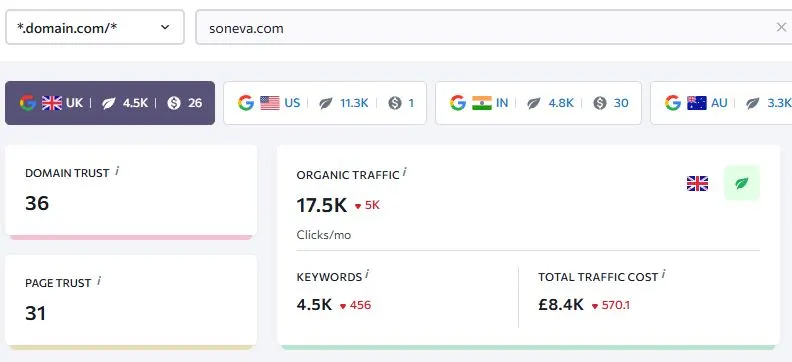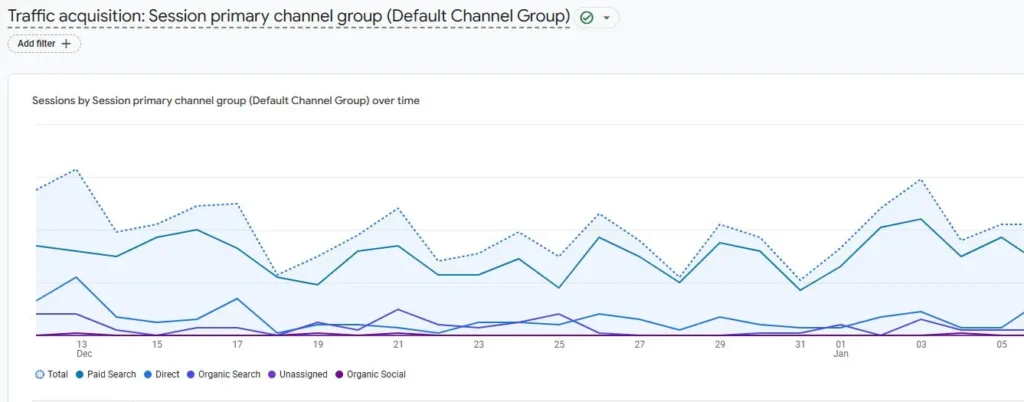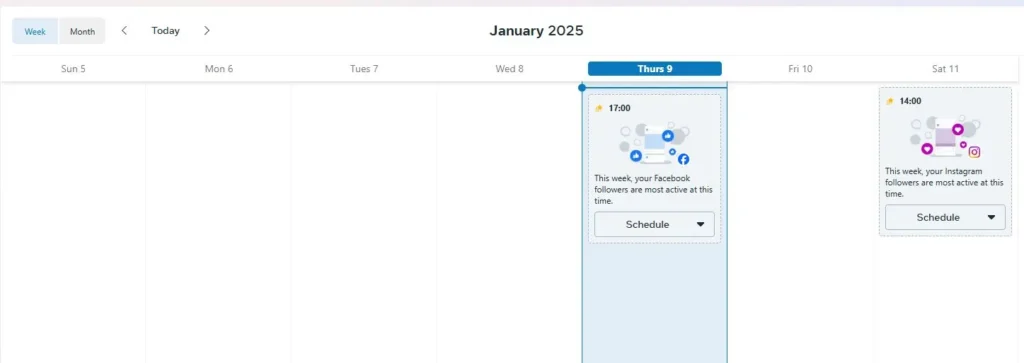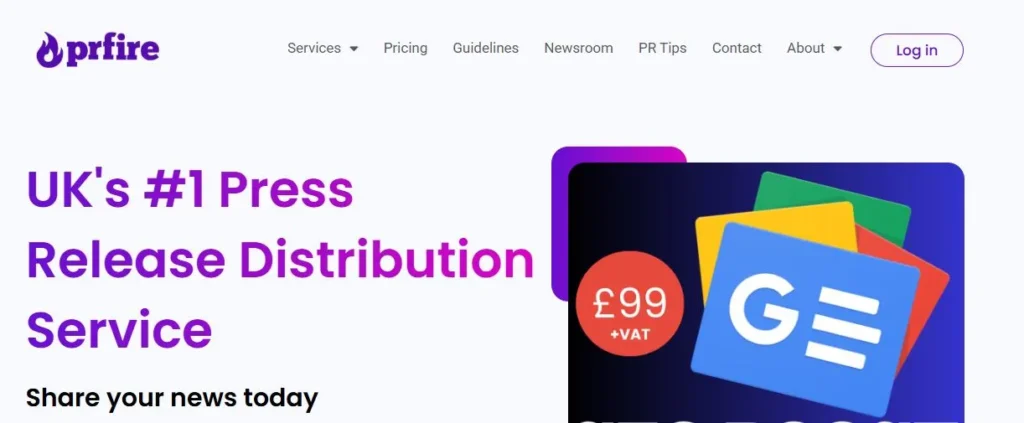Luxury resorts face increasing competition, making a clear and effective marketing strategy essential to attract high-end guests and drive direct bookings.
This article provides practical steps to help you create a focused marketing plan that highlights your resort’s unique value, optimises your online presence, and reduces reliance on third-party platforms. Let’s dive into proven tactics that will help you stand out and boost direct bookings.
1. Research Competitors

Competitor analysis is a critical step in crafting a strong luxury resort marketing strategy. Whether you’re competing internationally or locally, understanding your competitors provides a solid foundation for your plans.
Identify Competitors
Identify your main competitors in both international and local markets, focusing on resorts that target similar customers. Analyse their amenities, facilities, and services to pinpoint standout features, such as unique spa experiences or exclusive dining options.
Explore Their Digital Presence
Evaluate their keyword rankings, SEO strategies, and high-performing content. Research their pricing models, promotional campaigns, and advertising platforms to understand their approach to reaching and engaging audiences.
Assess Their USP, Strengths, and Weaknesses
Pay attention to their unique selling points (USPs). Determine what sets them apart and how they position themselves in the market. At the same time, assess their strengths and weaknesses to extract valuable lessons for your own strategy.
Competitor research takes time, but it lays the groundwork for a targeted, effective marketing plan. By learning from others, you can position your luxury resort to stand out in a competitive market.
2. Identify Unique Selling Point
Your unique selling point (USP) is the foundation of your luxury resort’s identity. It’s what sets you apart and gives guests a compelling reason to choose your resort over others.
Revisit Competitor Analysis
Use insights from your competitor research to understand what others are offering. This can help you identify gaps in the market and opportunities to differentiate your resort.
Define What Makes You Unique
Consider aspects like exceptional customer service, a standout location, distinctive amenities, or the surrounding landscape. Think about how your resort caters to niche markets, such as wellness retreats, adventure tourism, or culinary experiences.
Leverage Your Location and Atmosphere
Your setting can play a significant role in your USP. Highlight how your location or the unique atmosphere of your resort adds value to the guest experience. Whether it’s tranquillity, cultural immersion, or proximity to key attractions, make it a focal point.
Refine and Focus
Once you’ve identified your USP, refine it to resonate with your target audience. Avoid trying to appeal to everyone. Instead, concentrate on the aspects that truly make your resort special and align with market demand.
A clear and well-defined USP strengthens your marketing strategy and helps position your luxury resort as a leader in its niche.
3. Research Your Target Market
To effectively market your luxury resort, it’s crucial to understand your target audience. Conducting market research and creating detailed persona profiles will help you gain insight into the people you want to reach.
Persona profiles should include key demographics, preferences, likes and dislikes, and other relevant traits that define your ideal guests. This helps you visualise your audience and tailor your marketing strategies to resonate with them.
By understanding your target market, you can implement more effective marketing efforts, ensuring you reach the right people with the right message.
4. Harnessing Guest Data
Understanding your guests is key to tailoring your marketing strategy and improving your luxury resort’s appeal. Collecting both quantitative and qualitative data can provide invaluable insights into who your guests are and what they value most.
Analyse Quantitative Data
Start by gathering demographic information, such as age groups, genders, and the types of travellers staying at your resort. Are they couples, luxury travellers, or families? Create charts to visualise this data, as it helps identify patterns and trends that can inform your marketing efforts.
Explore Qualitative Insights
Collect feedback on what guests liked most about your resort. This could include aspects like service, amenities, or location. These insights can highlight your strengths and reveal areas to emphasise in your marketing campaigns.
Encourage Reviews
Actively request reviews on platforms like Google, TripAdvisor, and other niche sites relevant to your resort. Positive reviews not only boost your online reputation but also provide valuable testimonials you can leverage in marketing materials.
By combining quantitative and qualitative data, you can refine your marketing strategy to better align with guest preferences and attract your ideal audience.
5. Setting Goals, Objectives, KPIs & Timelines

Before implementing your marketing strategy, it’s essential to establish clear goals, objectives, and key performance indicators (KPIs). These elements provide direction, help track progress, and ensure your efforts remain focused and effective.
Set Goals
Goals are broad, overarching aspirations that define what you want to achieve with your marketing strategy.
For example, a goal could be to increase brand awareness, boost bookings during the off-season, or position your resort as a leader in luxury travel.
Define Objectives
Objectives are specific, measurable steps that contribute to achieving your goals. They should follow the SMART criteria — Specific, Measurable, Achievable, Relevant, and Time-bound.
For instance, if your goal is to increase direct bookings, an objective might be to achieve a 20% increase in direct website bookings within six months.
Establish KPIs
Key performance indicators (KPIs) are quantifiable metrics that help track the success of your objectives.
Examples include website traffic, conversion rates, average booking value, or social media engagement. Choose KPIs that align closely with your objectives and provide actionable insights.
Create Timelines
Setting realistic timelines ensures your team stays on track and prioritises tasks effectively. Break down your objectives into milestones with deadlines to maintain momentum and measure progress regularly.
By defining clear goals, objectives, KPIs, and timelines, you create a roadmap for your marketing strategy.
6. Establish Your Brand
Before starting your marketing journey, ensure your luxury resort’s brand is cohesive and well-defined. A strong brand lays the foundation for effective marketing and prevents costly adjustments later.
Your brand reflects your resort’s identity — its values, unique qualities, and the experience you promise. Refine your logo, colour palette, tone of voice, and messaging to resonate with your audience and convey luxury and exclusivity.
Consistency is essential. Align your branding across your website, social media, and printed materials to create a strong, lasting impression and build trust with guests.
Getting your brand right from the start ensures a smoother, more focused marketing process.
7. User-Friendly, Search Engine & Conversion-Optimised Website
Your website is the cornerstone of your luxury resort’s marketing strategy. A well-designed site ensures an excellent user experience (UX), ranks well on search engines, and drives bookings effectively.
Prioritise User Experience (UX)
A user-friendly website creates a positive first impression. Ensure it is visually appealing, easy to navigate, and mobile-friendly. Guests should be able to find information, explore amenities, and make bookings and enquiries effortlessly.
Search Engine Optimisation (SEO)
Make your website search engine friendly by incorporating relevant keywords, optimising page speeds, and creating high-quality, engaging content. Use SEO strategies to improve your visibility on search engines and attract organic traffic.
Optimised for Conversions
Design your website to guide visitors towards taking action. Use clear calls-to-action (CTAs), engaging visuals, and streamlined content to encourage bookings. Showcase your unique selling points (USPs) prominently to stand out from competitors.
An optimised website doesn’t just attract visitors; it ensures they stay engaged and converts them into guests, making it an essential tool for your marketing strategy.
8. Tracking Analytics & Conversions

Tracking analytics and conversions is essential for refining your marketing strategy. Conversion data reveals your most profitable audience, helping shape future campaigns.
Key metrics like CTR, bounce rate, interaction rate, and total users provide valuable insights into how visitors engage with your site. Identifying the channels that drive traffic allows you to focus resources where they’re most effective.
Using tools like Google Analytics and HotJar helps you track user behaviour and pinpoint areas for improvement.
With data-driven insights, you can continuously optimise your strategy for better results.
9. Social Media Marketing

Understanding the demographics of each social media platform is crucial for reaching the right audience. Tailor your strategy to align with where your target audience spends their time, as each platform attracts different age groups and interests.
Platform Features
Each platform offers unique features, such as Instagram’s visual appeal, Facebook’s community tools, or LinkedIn’s professional focus. Ensure these align with your marketing goals and help you engage your audience effectively.
Organic Marketing
Organic efforts like engaging posts, stories, and user-generated content build brand awareness, loyalty, and direct bookings. Consistency and authenticity are key for organic growth.
Paid Marketing
Paid ads on platforms like Facebook or Instagram offer targeted reach, boosting visibility among potential guests. These campaigns provide quicker results and extend your reach beyond organic efforts.
By combining organic and paid strategies, you can maximise your social media impact and engage with your ideal guests.
10. Search Engine Optimisation
Search engine optimisation (SEO) is crucial for improving your resort’s online visibility. Here are some key SEO tasks to help you rank higher and attract more organic traffic.
Keyword Research
Keyword research identifies the terms your audience uses to search for resorts. Use these keywords to optimise your website content and attract relevant traffic.
On-Page SEO
On-page SEO focuses on improving individual pages, such as optimising titles, descriptions, and internal links to make your content more search-engine friendly.
Technical SEO
Technical SEO ensures your website is fast, secure, and easy to navigate. This includes improving site speed, mobile compatibility, and URL structure.
Backlinks
Backlinks are links from other trusted websites to yours. They help boost your website’s authority and improve search rankings.
By focusing on these key SEO tasks, you can enhance your resort’s online presence and attract more visitors.
11. Content Marketing
Content marketing is an essential part of SEO but also plays a broader role in engaging your audience and building your brand. By creating valuable content, you can drive traffic, build trust, and encourage bookings for your luxury resort.
Onsite Content
Onsite content, such as blog posts, is key for SEO and audience engagement. Well-optimised content helps improve your search rankings while addressing the interests of your audience and highlighting your resort’s unique offerings.
Offsite Content
Offsite content, like guest posts, can drive traffic and build backlinks, further boosting your SEO and visibility.
Content marketing supports SEO while also building brand awareness and industry authority. By creating both onsite and offsite content, you can enhance your SEO efforts and better connect with
12. Press Releases

Press releases are a powerful tool for boosting brand awareness, promoting your resort’s services, and potentially generating valuable backlinks for SEO. You can either work with PR agencies or use PR platforms to submit your releases directly.
Press releases can highlight significant events, partnerships, or new offerings, increasing media coverage and attracting attention to your resort. For example, you could announce hosting a fine dining experience with celebrity chefs or the launch of a new luxury package.
By leveraging press releases, you can increase your resort’s visibility, build credibility, and enhance your SEO efforts through media mentions and backlinks.
13. A/B Testing Landing Pages
A/B testing is an essential tool for optimising your landing pages and improving conversion rates. It involves comparing two versions of a landing page to see which performs better with your audience.
Create two variations of a page, changing one element at a time, such as the headline, call-to-action button, or images. Track metrics like click-through rates, bounce rates, and conversions to determine which version leads to more bookings.
A/B testing helps you make data-driven decisions and refine your landing pages for better user experience and higher conversion rates. By continuously testing and improving, you can ensure your marketing efforts are as effective as possible.
14. Google Ads
Google Ads is a powerful tool for targeting potential guests at the exact moment they’re searching for services like yours. With various ad types, you can tailor your campaigns to effectively reach the right audience.
Search Ads
Search ads appear at the top of search engine results when users look for specific terms, such as “luxury beach resorts in the Maldives.” These ads are ideal for capturing high-intent users actively seeking luxury stays.
Display Ads
Display ads use visuals to engage users as they browse websites, watch videos, or use apps. They are excellent for building brand awareness and retargeting visitors who have already explored your website.
Performance Max
Performance Max campaigns use automation to show ads across all Google channels, including Search, Display, YouTube, and Gmail. This type of campaign maximises reach and optimises performance based on your specific marketing goals.
By leveraging Google Ads, you can effectively target your audience, enhance visibility, and drive bookings for your resort.
15. Google Vacation Rentals
Google Vacation Rentals is an excellent platform for showcasing your luxury resort and driving direct bookings. It allows potential guests to find your property directly through Google Search and Maps, displaying key details like availability, pricing, photos, and amenities.
To get listed, you’ll likely need to go through one of Google’s approved partners, as direct sign-up isn’t available. Once listed, ensure your information is accurate and up to date, with high-quality images and a strong description to attract attention.
Using Google Vacation Rentals can increase your visibility and connect you with guests searching for luxury stays.
16. Tourism Websites
For luxury resorts, being listed on tourism websites can significantly enhance visibility and attract discerning travellers actively planning their trips.
Many tourism websites specialise in showcasing premium accommodations, providing an ideal platform for your resort to stand out. These listings often include a link back to your website, driving traffic and boosting SEO through valuable backlinks.
While some tourism websites offer free listings, others may charge a fee, especially for luxury-focused platforms. Research the best options in your area to ensure they align with your target audience.
17. Special Interest Tourism
Luxury resorts can stand out by catering to niche interests and offering tailored experiences. Hosting unique events, such as wellness retreats, wine-tasting weekends, or cultural festivals, can attract guests who are seeking something beyond a typical resort stay.
By promoting these special events, your resort becomes a destination for guests with specific passions, enhancing its appeal to a defined audience. This approach not only builds your reputation but also helps in creating memorable experiences that encourage repeat visits and word-of-mouth recommendations.
Focusing on special interest tourism allows your resort to stand out in a competitive market and draw in guests who are willing to invest in premium, personalised experiences.
18. Email Marketing
Email marketing is a powerful tool for nurturing relationships with past guests and attracting new ones to your luxury resort.
How to Gather Emails
Building an email list starts by encouraging website visitors to subscribe to your newsletter, offering exclusive deals or useful content in exchange for their contact information. You can also collect emails during bookings or through social media promotions.
Emailing Old Guests
Re-engaging with previous guests is a great way to maintain long-term relationships. Send them personalised offers, updates on special events, or exclusive promotions tailored to their previous stays. Emailing past guests keeps your resort top-of-mind and encourages repeat visits.
Effective email marketing helps build loyalty, increases brand awareness, and drives bookings by delivering targeted messages to the right audience.
Conclusion
In a competitive market, a well-executed marketing strategy is key to driving direct bookings and showcasing what makes your luxury resort unique. By understanding your audience, optimising your online presence, and leveraging the right tools, you can position your resort for success.
If you’re looking for expert support to elevate your marketing efforts, Smooth Rentals is here to help. Let’s make your resort stand out.

